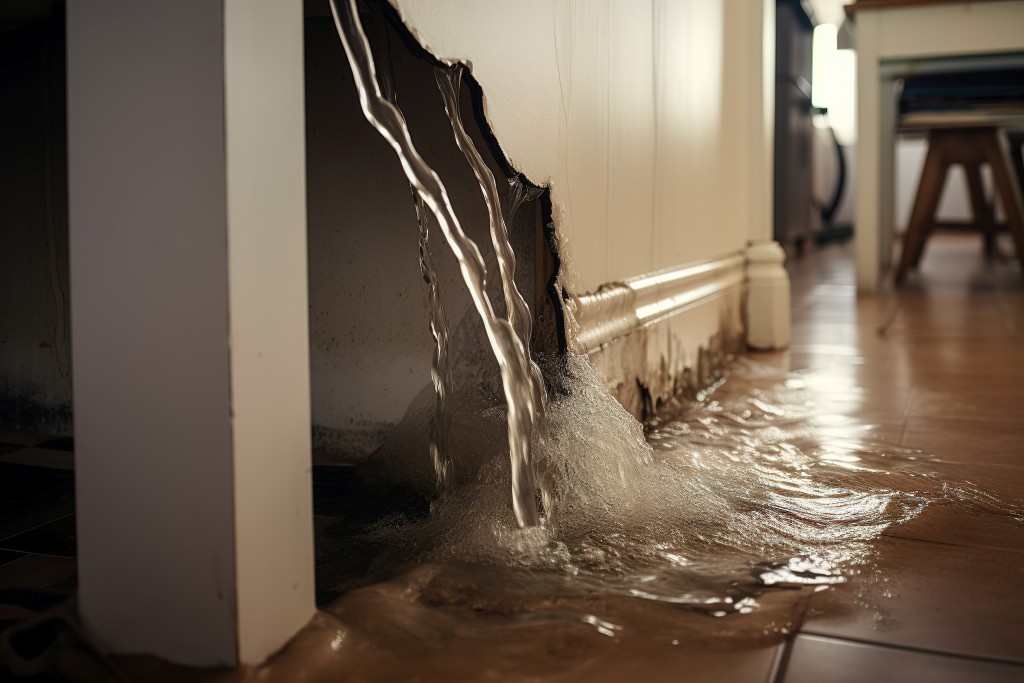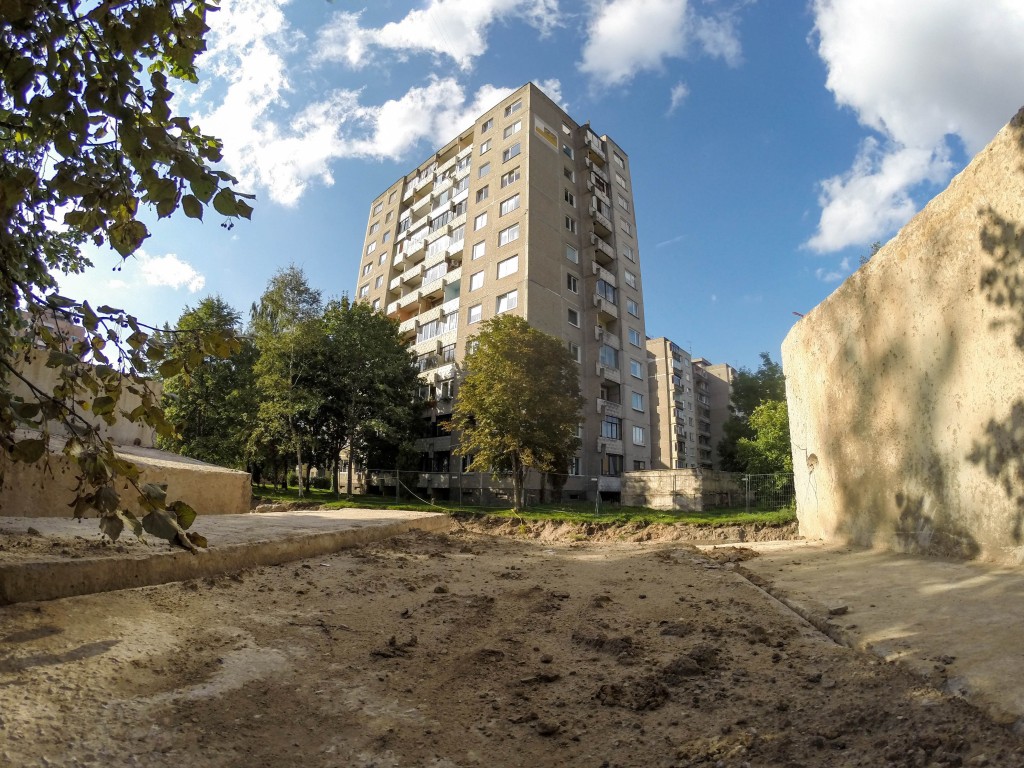Unveiling the overlooked drainage systems
By Joseph Wong
The majority of property buyers, whether purchasing a home for personal use or investment, often overlook the drainage system of their prospective homes or the surrounding estate. Many assume that developers have addressed such concerns but this isn’t always the case.
While most developers fulfil the basic requirements for a functional drainage system, only some take additional steps to improve the system and prepare for unforeseen circumstances.
The annual average rainfall is 2420mm for Peninsular Malaysia, 2630mm for Sabah and 3830mm for Sarawak, with heavier precipitation recorded in the east coast of Peninsular Malaysia and the coastal regions of Sabah and Sarawak. And with such heavy downpour, runoff generated from the developing areas and silt carried along the flow have created major flash and mud flood problems more often in recent years.
Veritas Design Group principal and director Alif Arif Iskandar Abd Wahab emphasised that developers and consultant engineers are responsible for planning, constructing and connecting the development’s drainage system to the nearest public drainage system outside the development’s boundaries.
“The approval process involves scrutiny by the local Authority’s Road and Drainage Department, where the civil engineer must consider factors such as the new project’s population, the area’s average rainfall, and catchment area,” he explained. “The local authority ultimately approves or supports the development’s drainage plan, which then needs to be built and completed by the developer as part of the Certificate of Completion and Compliance process.”
Developers typically adhere to the minimum specifications mandated by the authority. However, during the monsoon season, authorities may enforce additional specifications to accommodate excessive rainfall. It is crucial for developers to account for these factors to ensure the effectiveness of the drainage system and minimise potential flooding risks.
Adhering to guidelines
In any local council’s guidelines on drainage and stormwater management, several objectives are outlined. These include aligning with government policies on drainage and stormwater management and enhancing the performance of infrastructure to meet international standards. Particularly in large housing developments, developers are tasked with creating practical and effective master plans, especially in flood-prone areas, to mitigate potential flooding.
For significant estates, a comprehensive blueprint for drainage and stormwater management is essential to foster collaboration between the public and private sectors and the community. These blueprints enable developers to anticipate drainage and stormwater management needs, thereby preventing or mitigating potential flooding issues that could impede development.
To facilitate implementation, these blueprints typically outline new coordinating structures to manage partnerships between public agencies and private organisations. Key aspects considered include improving the drainage system, collecting stormwater for daily usage and preventing flooding.
However, despite the intentions outlined in these blueprints, there is often an overlap in terms of responsibilities, which can hinder the realisation of their goals. Nonetheless, the ultimate aim is to create a metropolis that is safe from flooding, fostering an environment conducive to investment, living, working and recreation, all meeting international standards. This is becoming more and more vital with the erratic climatic fluctuations due to global warming, hence the emergence of environmental, social and governance (ESG) concerns.
Lost in translation
Many experts noted that amidst the involvement of numerous stakeholders, ranging from town planners to developers, architects and contractors, communication gaps can often lead to misunderstandings. The critical importance of a proper drainage system, particularly in flood-prone areas, where the absence of such infrastructure poses a significant threat to residents’ safety and property.
While natural factors like excessive rainfall are frequently blamed for flooding, experts point out that state governments, local authorities and negligent developers and contractors also share responsibility for such incidents.
However, there are developers who prioritise community welfare and go above and beyond to address these concerns. There are instances of exemplary cases, albeit fewer than what is desirable.
The importance of drainage and stormwater management systems within high-rise condominiums, serviced apartments and office blocks cannot be overstated, yet in many buildings, this often remains overlooked. Instances of faulty piping resulting in unpleasant odours and sewage leakages are not uncommon, highlighting the critical need for robust infrastructure.
According to Alif, architects and engineers are responsible for designing the internal drainage system and rainwater harvesting system within buildings, while civil engineers are in charge of the final output, including the On-Site Detention tanks (OSD tanks) and connections to external drainage systems. OSD tanks detain rainwater temporarily before releasing it into main drains, while Rainwater Harvesting Tanks (RWH tanks) capture rainwater to be reused for internal irrigation and other purposes.
Both OSD and RWH tanks play a crucial role in mitigating floods by reducing surface runoff to the public drains. In case of issues, owners and residents can lodge complaints with developers, especially during the defects liability period.
Alif stressed the necessity of separate piping systems for drainage water and sewage to prevent contamination. While rare, single piping systems do exist but recent buildings increasingly employ dual systems. Sewerage and drainage water management systems are subject to approval by different authorities—local authorities for drainage water and Indah Water Konsortium for sewerage.
Furthermore, Alif emphasised the importance of separating drainage water from sewage to enable rainwater harvesting (which is compulsory in most municipalities) which in turn promotes water conservation and environmental sustainability by recycling the rainwater.
However, an industry observer noted that many buyers focus solely on their own units, overlooking broader project aspects. He advocates for greater awareness among buyers, emphasising the potential long-term costs of neglecting critical infrastructure issues. Adopting a proactive approach to building inspections and maintenance can prevent costly repairs in the future.
In essence, prioritising comprehensive understanding and vigilance regarding drainage systems in high-rise buildings is essential for ensuring the safety, comfort and sustainability of these living spaces.
When it’s under construction
During the construction phase, a project’s drainage system is usually one of the last items to be seen. Developers grappling with new developments often face the challenge of improvising drainage systems that may become overwhelmed during heavy rainfall.
Instances of impromptu floods, such as those witnessed in Kuala Lumpur, pose dire consequences for both developers and the general populace. Memorable among these incidents are the flash floods along the Federal Highway caused by construction works in South Bangsar and, not to mention, tragic landslides that claim lives crop up from time to time.
A typical approach to reducing such incidences is constructing temporary drainage channels to redirect excess water to retention ponds, where it undergoes filtration before safe discharge. However, inadequate maintenance can lead to clogged drainage channels leading to sudden inundation.
Moreover, flash floods can occur even during average rainfall due to factors such as drainage channel obstructions. The issue is compounded by urban and suburban development, which increases surface runoff due to the prevalent use of impermeable materials like tarmac.
To mitigate flood risks, sustainable urban planning practices could be employed in new townships to limit urban sprawl and promote the use of water-permeable materials. Additionally, existing cities can adopt multi-use concepts for spaces like football fields and carparks, repurposing them as retention ponds during heavy rainfall.
The importance of preventing garbage-clogged drains and promoting waste recycling to alleviate drainage issues. Controlling surface runoff at its source, stricter regulation of hillslope developments to prevent soil erosion, and enhancing drainage capacity are other effective measures to combat flash floods.
In essence, proactive measures at both individual and structural levels are essential to address the multifaceted challenges posed by flash floods in urban environments.
Source: StarProperty.my


















POST YOUR COMMENTS